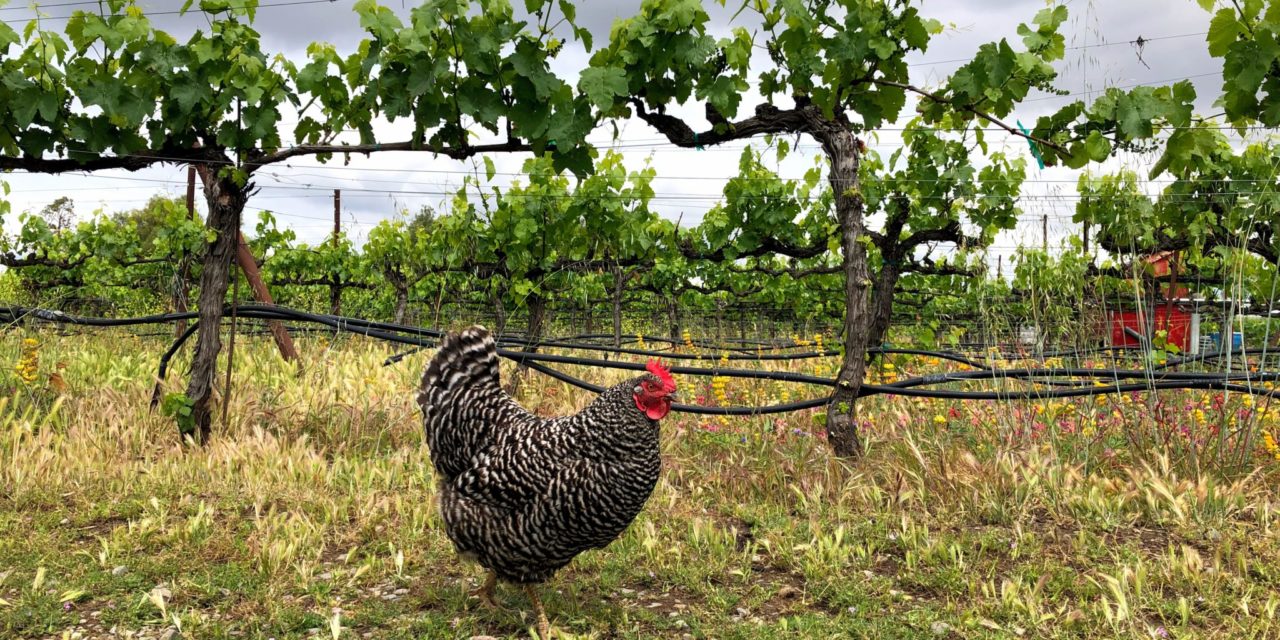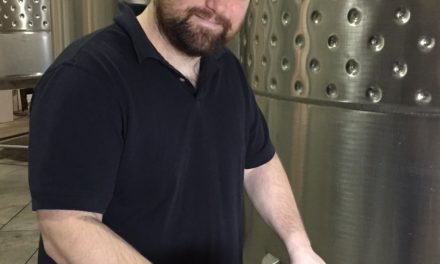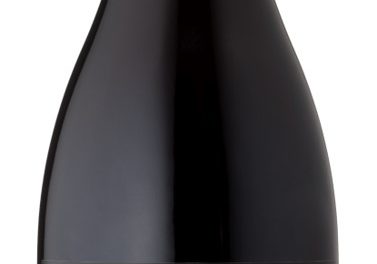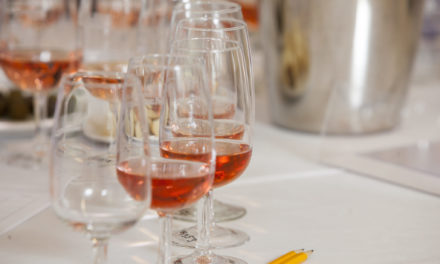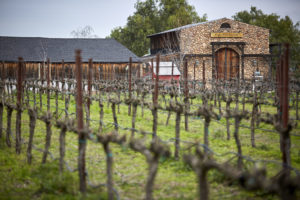 Our entire food chain—wine included—depends on healthy soils. So why are we using fungicides, pesticides, and chemical fertilizers when growing winegrapes?
Our entire food chain—wine included—depends on healthy soils. So why are we using fungicides, pesticides, and chemical fertilizers when growing winegrapes?
Viticulture expert Prudy Foxx made a discovery in Burgundy, as she walked vineyards that have never been treated with herbicides. “The soils are teeming with life, smells, and texture,” she remembers. “The French say what’s alive in the soil leads to the unique flavors of the wine. We noticed that the cheeses and the wines from any given town in France would have similar flavors, which makes sense, because the vineyards use the manure from local cows!”
Today, many famous French vineyards, even Romanee-Conti, are being farmed biodynamically. Going this route isn’t for everyone, but Dane Stark, winemaker at Page Mill Winery in Livermore, Calif., is a believer. “It’s the right thing to do,” says Stark, who’s been farming organically for 14 years. “I felt like I was doing OK with organic methods, but there was something missing. I was still fighting against something rather than working with something.”
Then he met Tommy Vanhoutte, a French winemaker and viticulturist who helps wineries adopt biodynamic practices and become Demeter-certified. Vanhoutte had just taken over a neglected Livermore vineyard and Stark was blown away by the subsequent wine, to which nothing was added. Says Vanhoutte, “No yeast, no nutrients, no chemicals. We just put it into barrel and then in the bottle.”
Biodynamics is based on timing and harmony—on the very fundamentals of the cosmos—so instead of applying chemicals in reaction, the goal is to establish a healthy ecosystem where the forces of nature keep things in balance. Minding these forces can help you mitigate the negative impacts of many grapefarming threats, including mildew.
Stark says, “It makes sense to apply a treatment for mildew the first full moon after Easter, when the earth is waking up and warming up. You use yarrow tea to mitigate the mildew before it begins propagating. You have to time it precisely to nip it in the bud, but it’s not a stretch to think you can make smaller adjustments to keep things in balance, rather than being completely reactive.”
Stark notes how, every six hours, the pull of the moon affects the tides. “It just makes sense that, since we’re 80 percent water, we’re affected by it, too—as are vines.”
He’s convinced that biodynamic works: “In 2017, we had a mild mildew problem in my estate petite sirah vineyard. For 2018, we added biodynamics to our growing program and cut the organic sprays in half. We had the cleanest yield I’ve ever had!” He’s already in the process of converting another vineyard he works with to organic, and then biodynamic.
While some of the practices associated with biodynamic farming are often looked at with raised eyebrows—like burying cow horns filled with manure or picking grapes during a full moon—don’t knock it until you’ve tried it. After all, isn’t it better to work with Mother Nature than to try and force her into submission?

